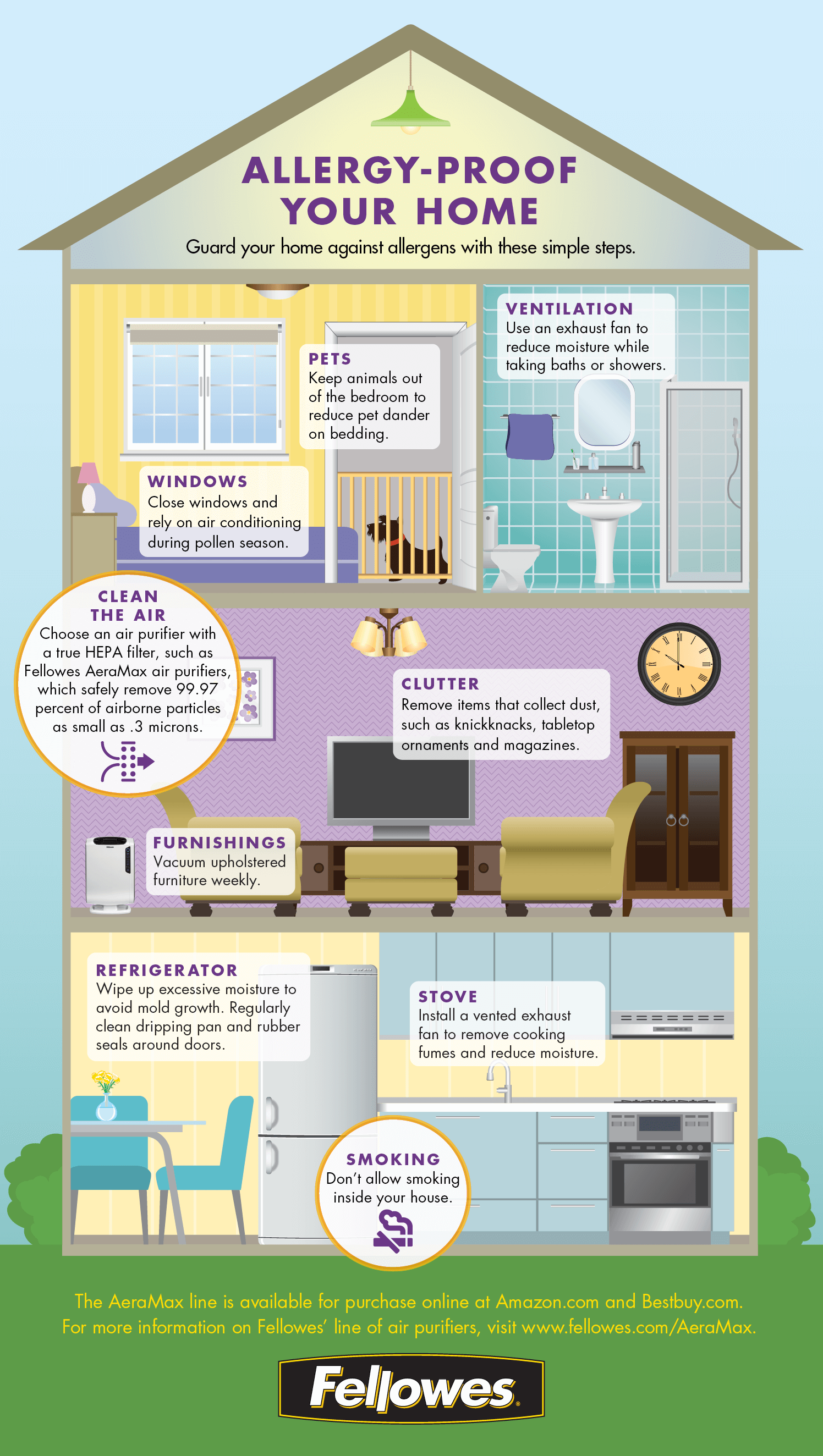The Ultimate Guide To Understanding Warm Pumps - Just How Do They Function?
The Ultimate Guide To Understanding Warm Pumps - Just How Do They Function?
Blog Article
Authored By- view it now Cates
The most effective heatpump can conserve you significant amounts of money on power bills. They can additionally help in reducing greenhouse gas emissions, specifically if you use electricity in place of nonrenewable fuel sources like propane and home heating oil or electric-resistance heaters.
Heat pumps function significantly the like air conditioning system do. This makes them a practical option to typical electric home heating unit.
How They Function
Heatpump cool down homes in the summer season and, with a little assistance from electricity or natural gas, they supply a few of your home's home heating in the winter months. They're a great option for individuals who want to lower their use nonrenewable fuel sources however aren't prepared to change their existing heater and air conditioning system.
They rely upon the physical reality that even in air that appears also cold, there's still power present: cozy air is always moving, and it intends to relocate into cooler, lower-pressure atmospheres like your home.
The majority of ENERGY celebrity certified heat pumps run at near to their heating or cooling capability throughout a lot of the year, lessening on/off biking and conserving energy. For the best performance, focus on systems with a high SEER and HSPF ranking.
The Compressor
The heart of the heat pump is the compressor, which is additionally called an air compressor. This mechanical streaming device makes use of potential energy from power development to boost the stress of a gas by decreasing its volume. It is various from a pump because it just works with gases and can not work with fluids, as pumps do.
Recommended Resource site enters the compressor via an inlet valve. It circumnavigates vane-mounted arms with self-adjusting size that divide the inside of the compressor, producing several tooth cavities of varying size. The blades's spin pressures these cavities to move in and out of phase with each other, compressing the air.
The compressor reels in the low-temperature, high-pressure refrigerant vapor from the evaporator and compresses it into the warm, pressurized state of a gas. This process is repeated as required to supply heating or air conditioning as needed. The compressor also includes a desuperheater coil that reuses the waste warmth and includes superheat to the cooling agent, altering it from its liquid to vapor state.
The Evaporator
The evaporator in heat pumps does the exact same point as it does in fridges and a/c, altering liquid cooling agent into an aeriform vapor that gets rid of heat from the space. Heat pump systems would not work without this critical tool.
This part of the system is located inside your home or building in an interior air trainer, which can be either a ducted or ductless system. It includes an evaporator coil and the compressor that presses the low-pressure vapor from the evaporator to high pressure gas.
Heat pumps soak up ambient warm from the air, and after that use power to transfer that warmth to a home or business in home heating mode. That makes them a great deal extra power effective than electrical heating systems or heaters, and due to the fact that they're utilizing clean electrical power from the grid (and not melting fuel), they additionally produce far less exhausts. That's why heatpump are such great environmental selections. (As well as a substantial reason that they're ending up being so preferred.).
The Thermostat.
Heatpump are great choices for homes in chilly climates, and you can utilize them in combination with traditional duct-based systems or even go ductless. They're a great different to fossil fuel heating unit or standard electric furnaces, and they're much more sustainable than oil, gas or nuclear cooling and heating devices.
Your thermostat is the most important element of your heat pump system, and it functions really differently than a traditional thermostat. All mechanical thermostats (all non-electronic ones) work by utilizing compounds that change dimension with boosting temperature, like coiled bimetallic strips or the expanding wax in a vehicle radiator shutoff.
These strips include two various sorts of metal, and they're bolted with each other to form a bridge that finishes an electric circuit connected to your cooling and heating system. As heat pump unit obtains warmer, one side of the bridge broadens faster than the various other, which triggers it to flex and signal that the heater is needed. When the heatpump is in heating mode, the reversing valve turns around the circulation of cooling agent, to ensure that the outdoors coil now functions as an evaporator and the interior cyndrical tube becomes a condenser.